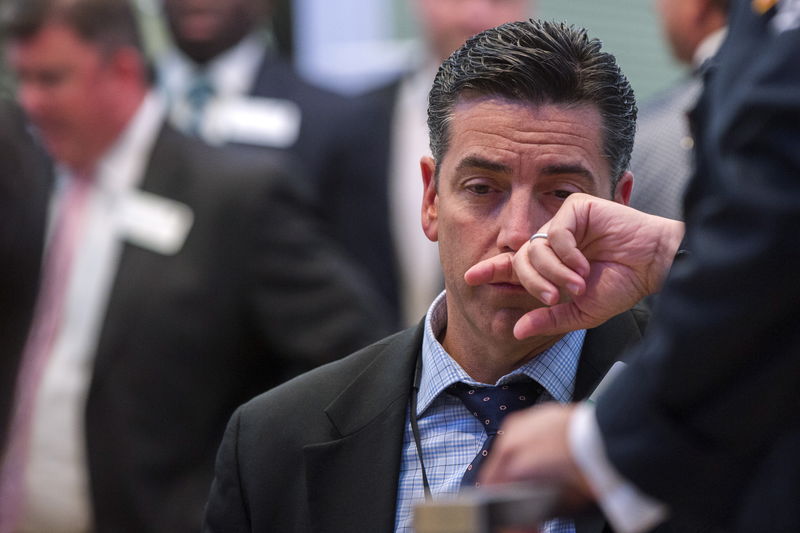Quiver Quantitative - During the recent meeting, the Federal Reserve decided to maintain the current interest rates, which are at a 22-year high, while indicating the possibility of an additional hike later this year to counter inflation. The Fed's stance is influenced by the observed stronger economic activity, which has surpassed earlier expectations, hence the inclination to sustain the interest rates near the present levels through the coming year. In the press conference that followed, Fed Chair Jerome Powell stressed the necessity to observe incoming data carefully before making further decisions, emphasizing a cautious approach towards rate adjustments considering the significant rate hikes implemented in the previous year, which started from nearly zero in March 2022.
Jerome Powell conveyed the Fed's cautious stance in adjusting the rates further, acknowledging the Fed's capabilities to tread carefully in the forthcoming period. The announcement marks the second instance this year where the Fed has chosen not to escalate rates, mirroring the pause observed in June. The decision underpins the understanding that impacts of rate increments on economic activity manifest over an extended period, thus allowing a window to gauge the economy's reaction to the hikes. Powell, in a recent address, underscored the preliminary nature of the progress in curtailing inflation and warned against potential risks to further advancements due to stronger-than-anticipated economic activity.
The latest economic forecasts presented by the Fed illustrate an optimistic outlook with most officials envisioning a single rate hike later this year, potentially followed by two rate reductions in 2024, bringing the federal-funds rate to about 5%. This projection indicates a stronger economic growth trajectory for the current and next year, coupled with a slight increase in unemployment, albeit lower than the June estimates. The anticipated unemployment rate stands at 4.1% for the next year, a reduction from the June projections, and the annual core inflation is expected to settle at 3.7% in the final quarter, a slight dip from the June figure of 3.9%.
Despite a tentative outlook on the employment landscape, with signs of slackening labor markets observed in the previous month, some Fed officials retain reservations about ceasing the rate hikes. The solid economic growth observed contradicts earlier predictions of a slump this year, inciting concerns among several officials about the potential repercussions of halting the rate increases prematurely. The looming fears are that the recent dip in inflation might stall or reverse, necessitating higher rates. Additionally, the financial markets are experiencing turbulence with fluctuations in the yield on the 10-year Treasury note influencing various borrowing costs, including a surge in mortgage rates to a 22-year peak, mirroring the effects typically anticipated from a Fed rate hike.
This article was originally published on Quiver Quantitative
